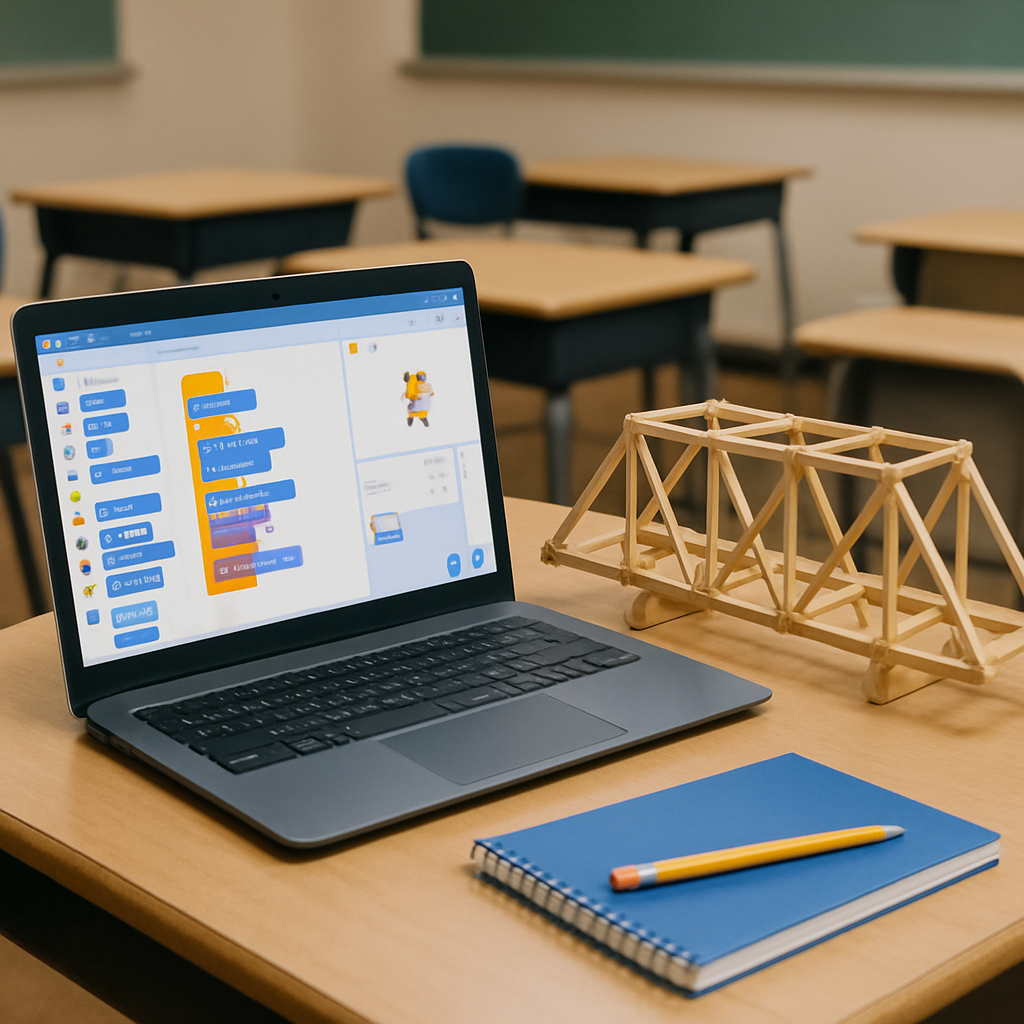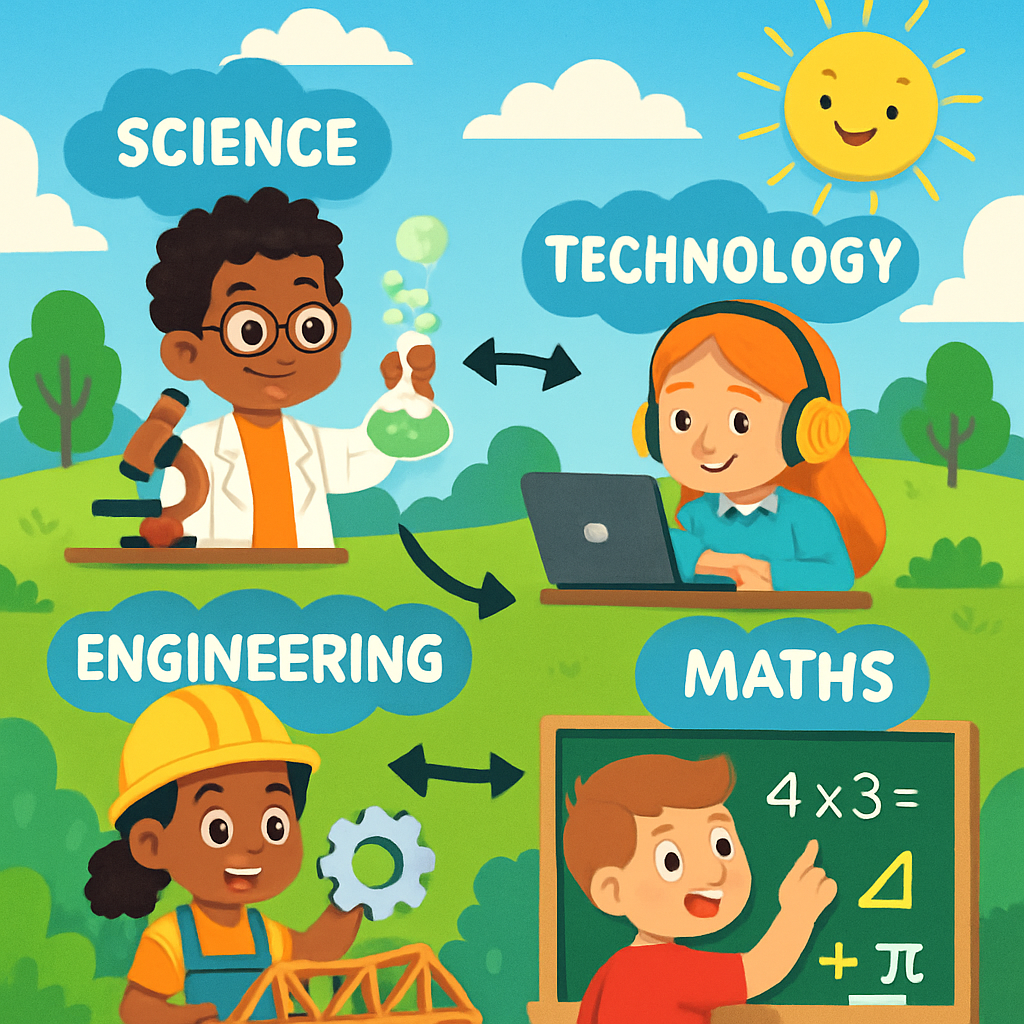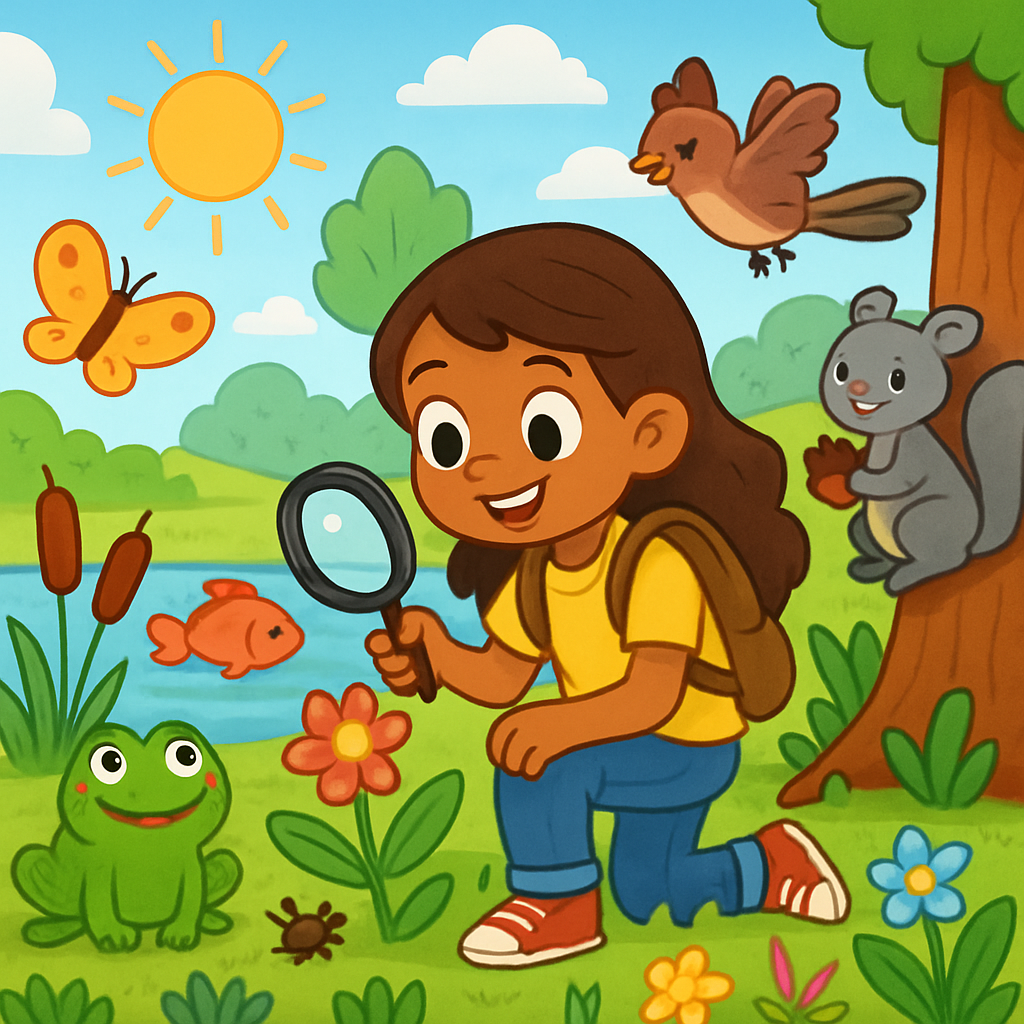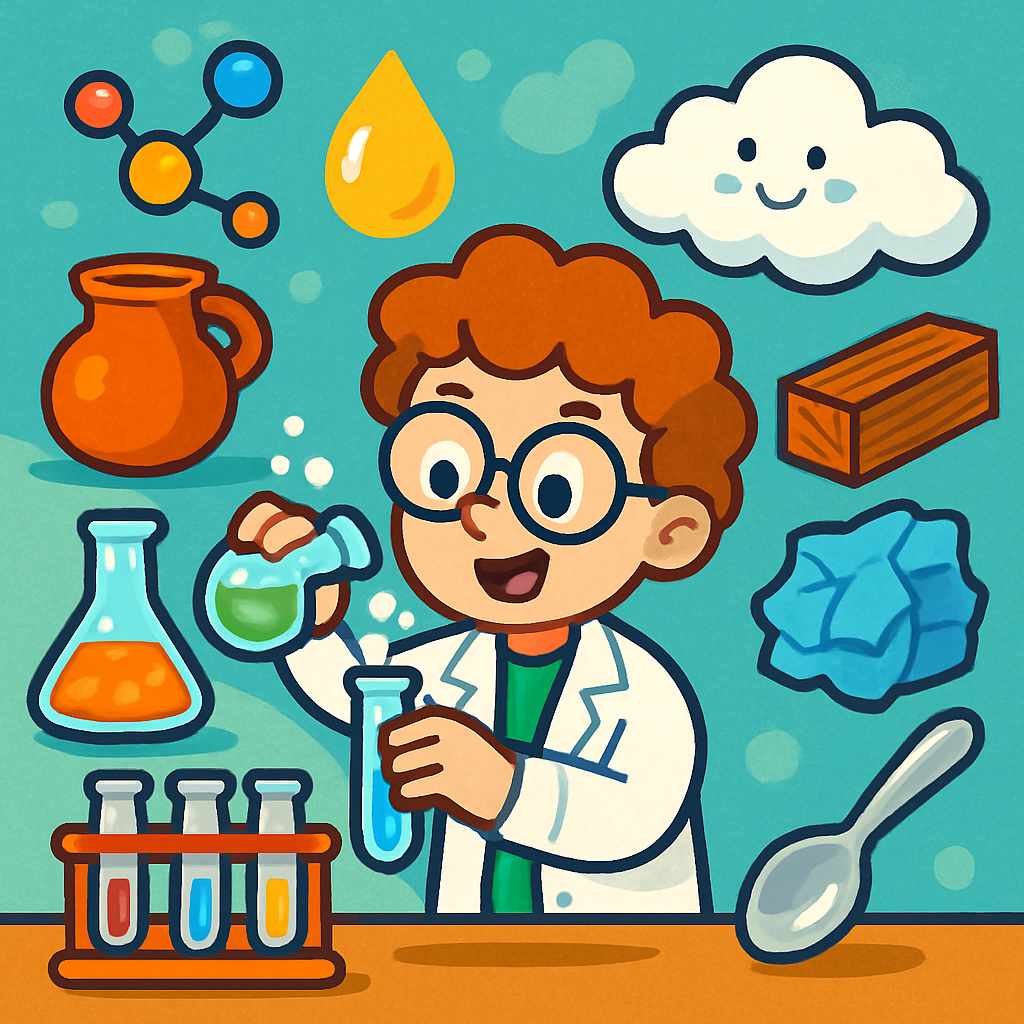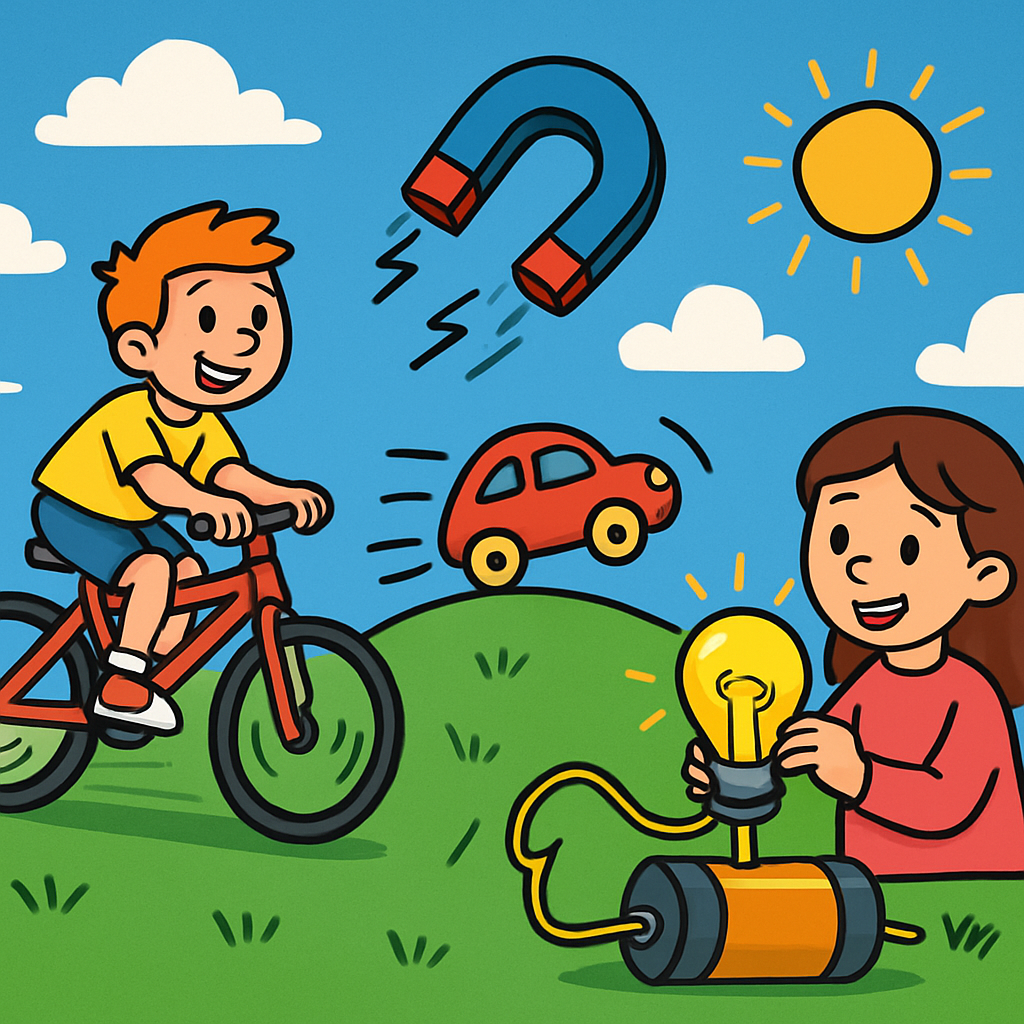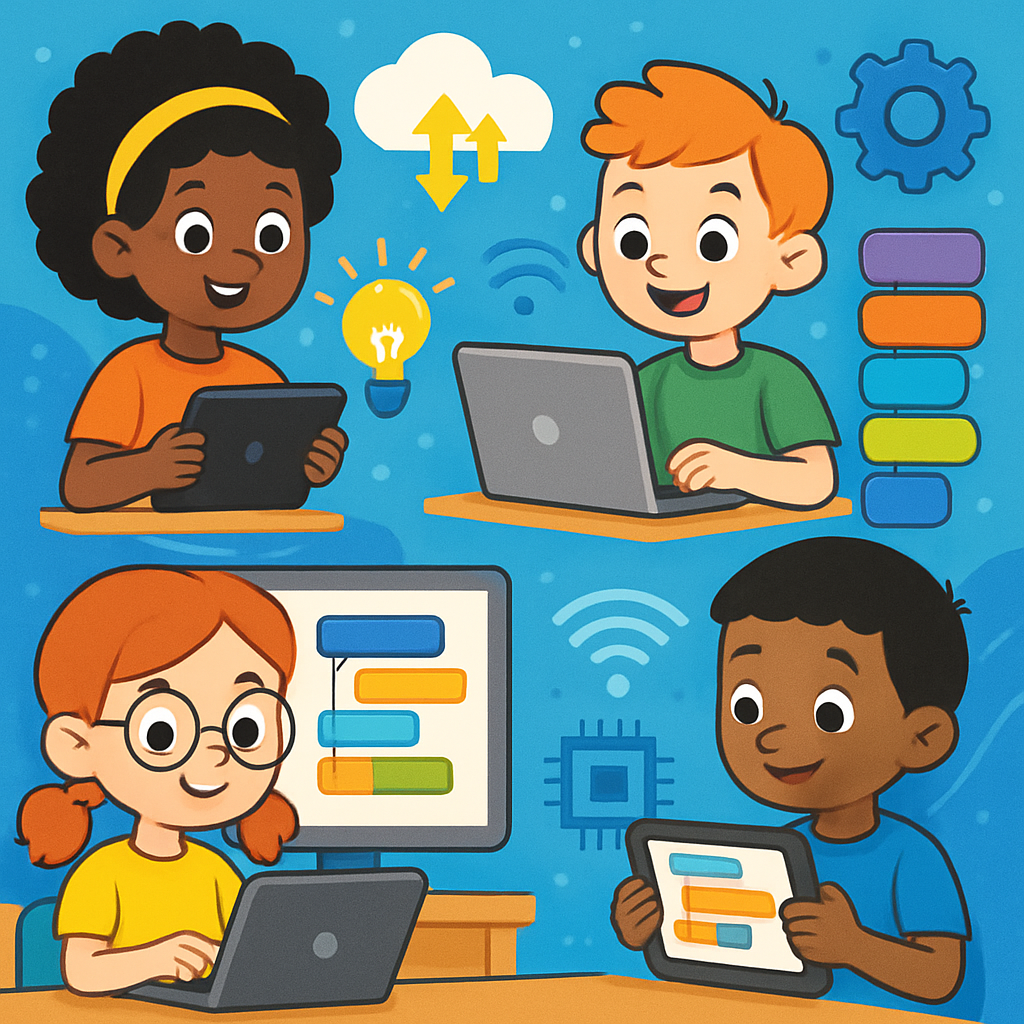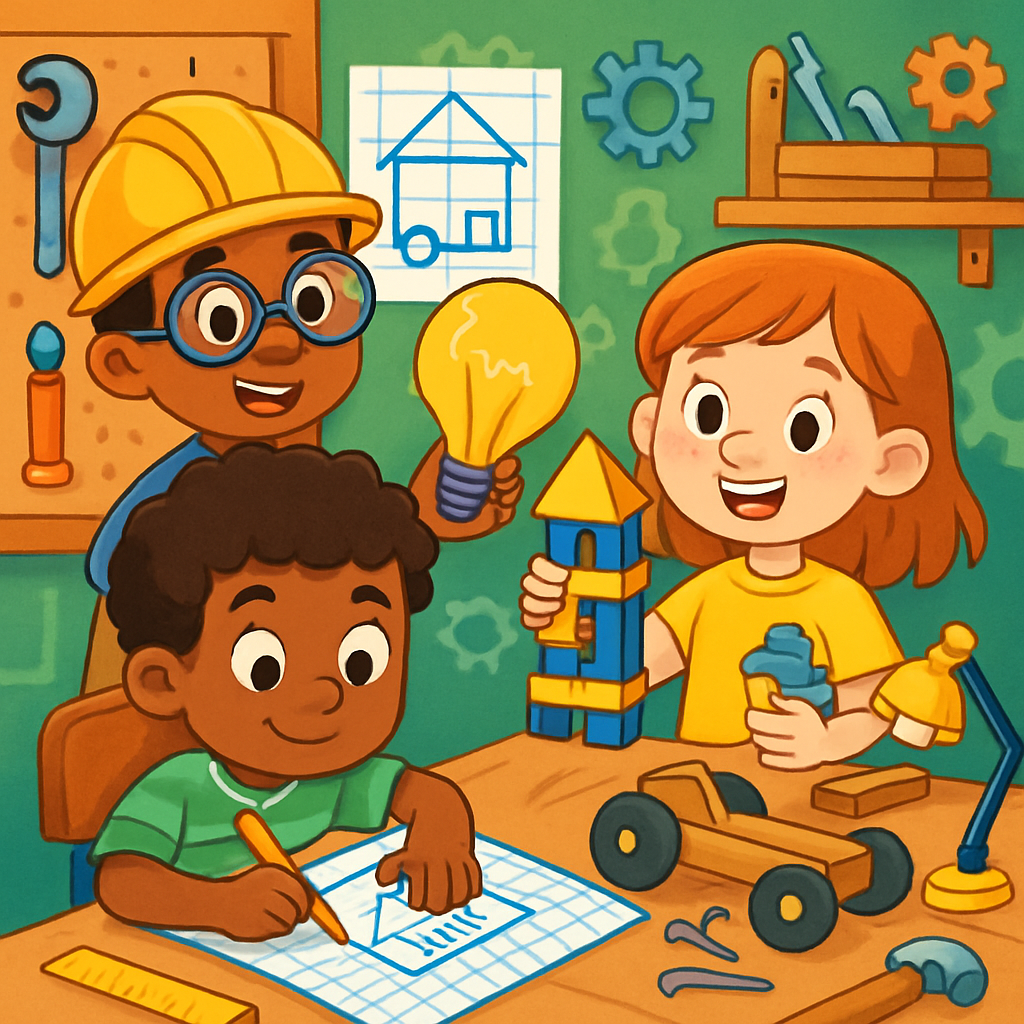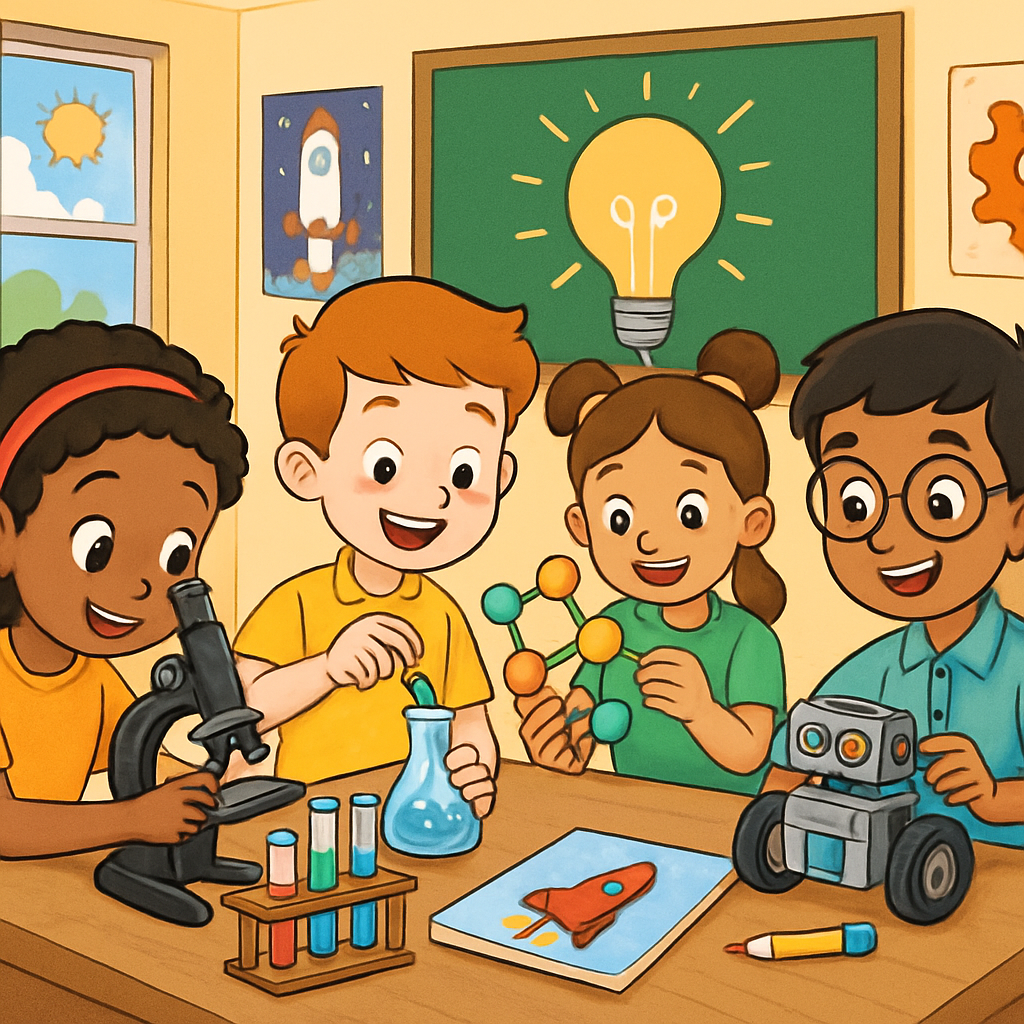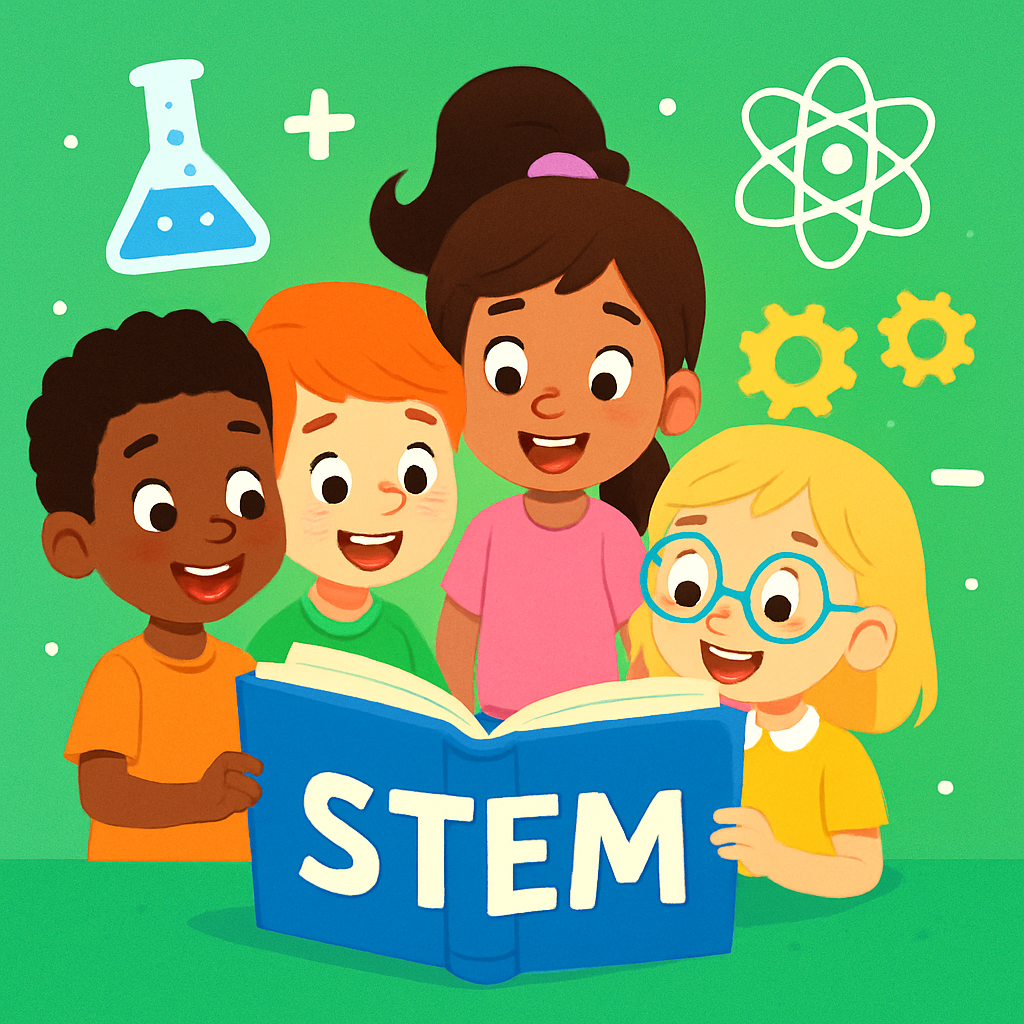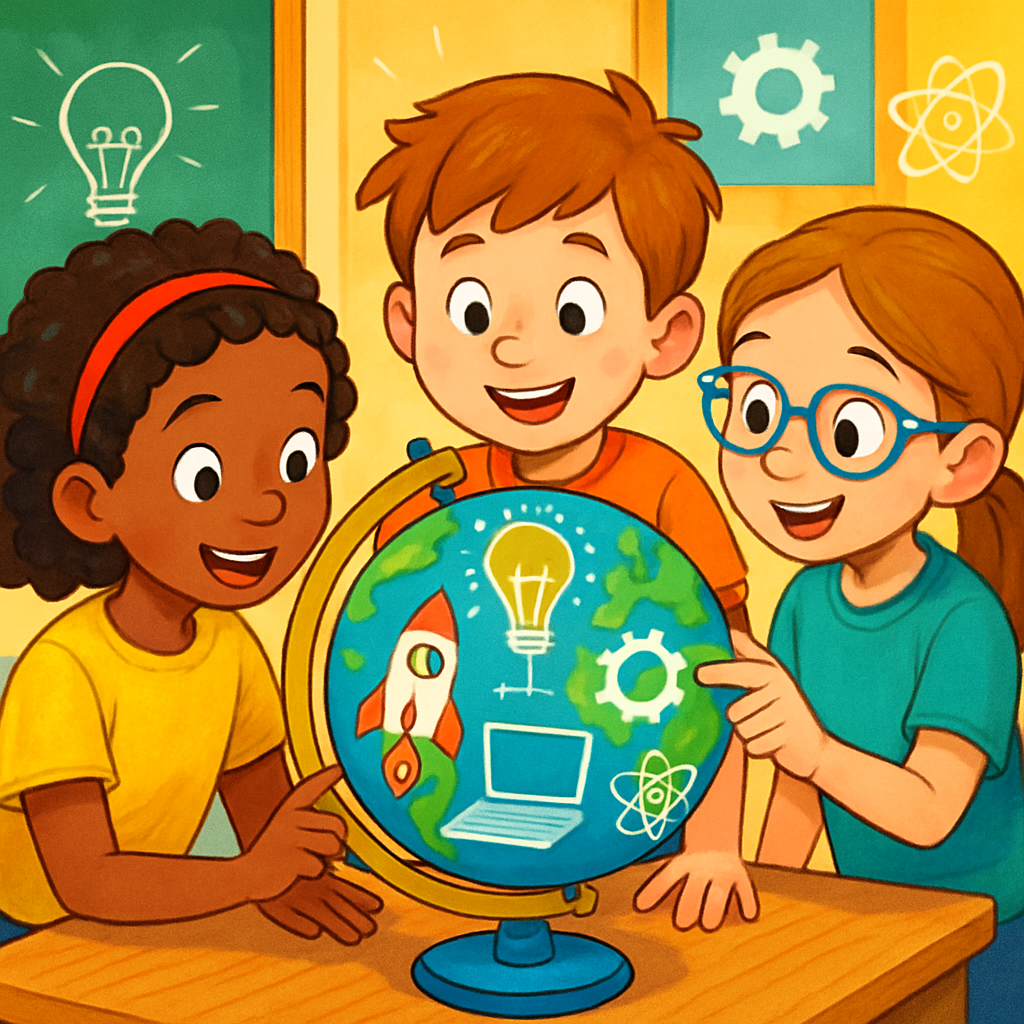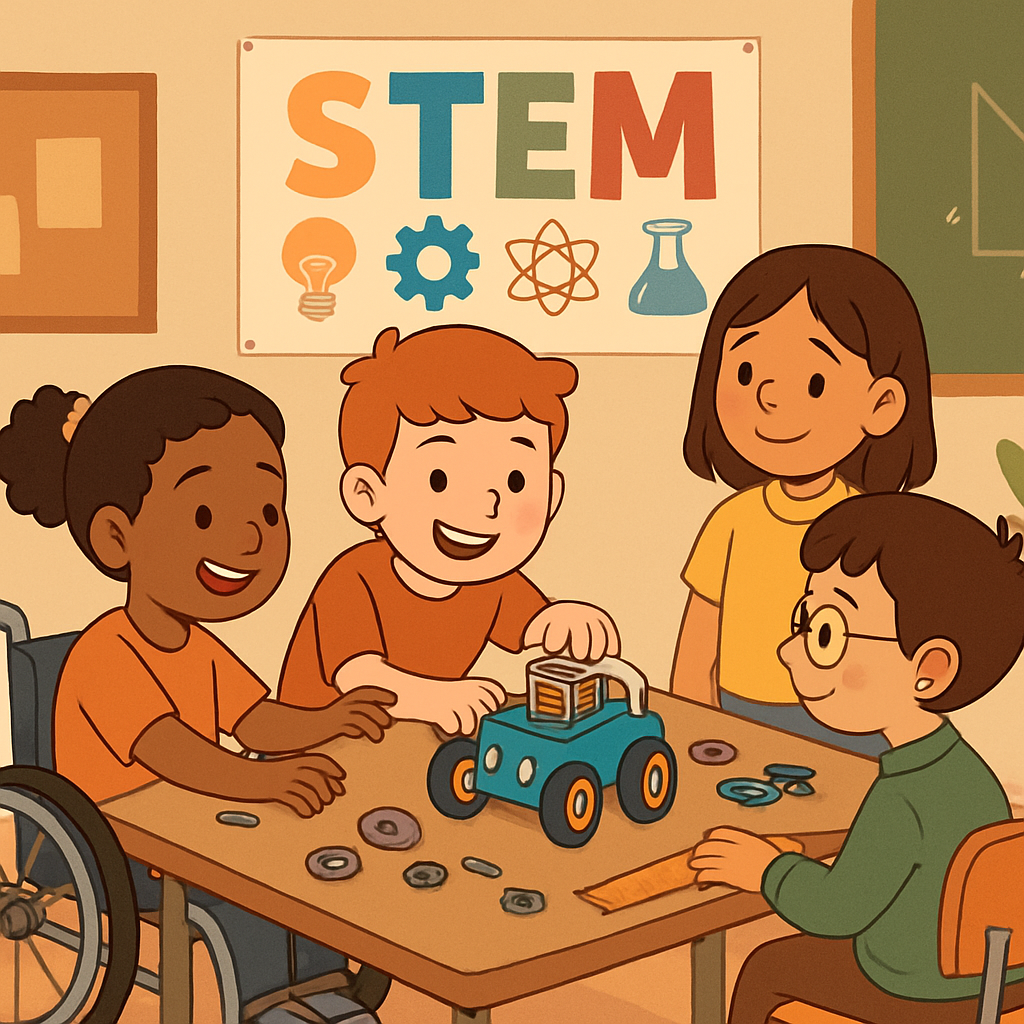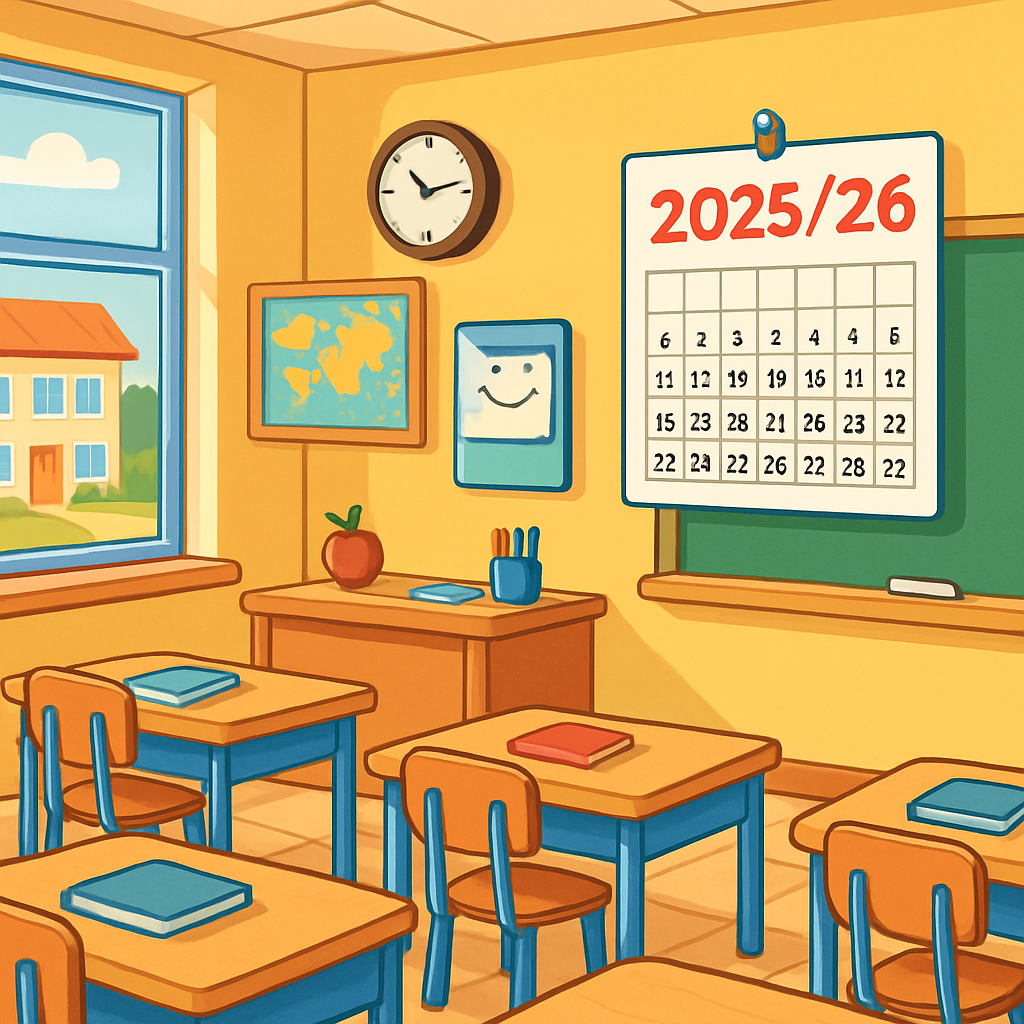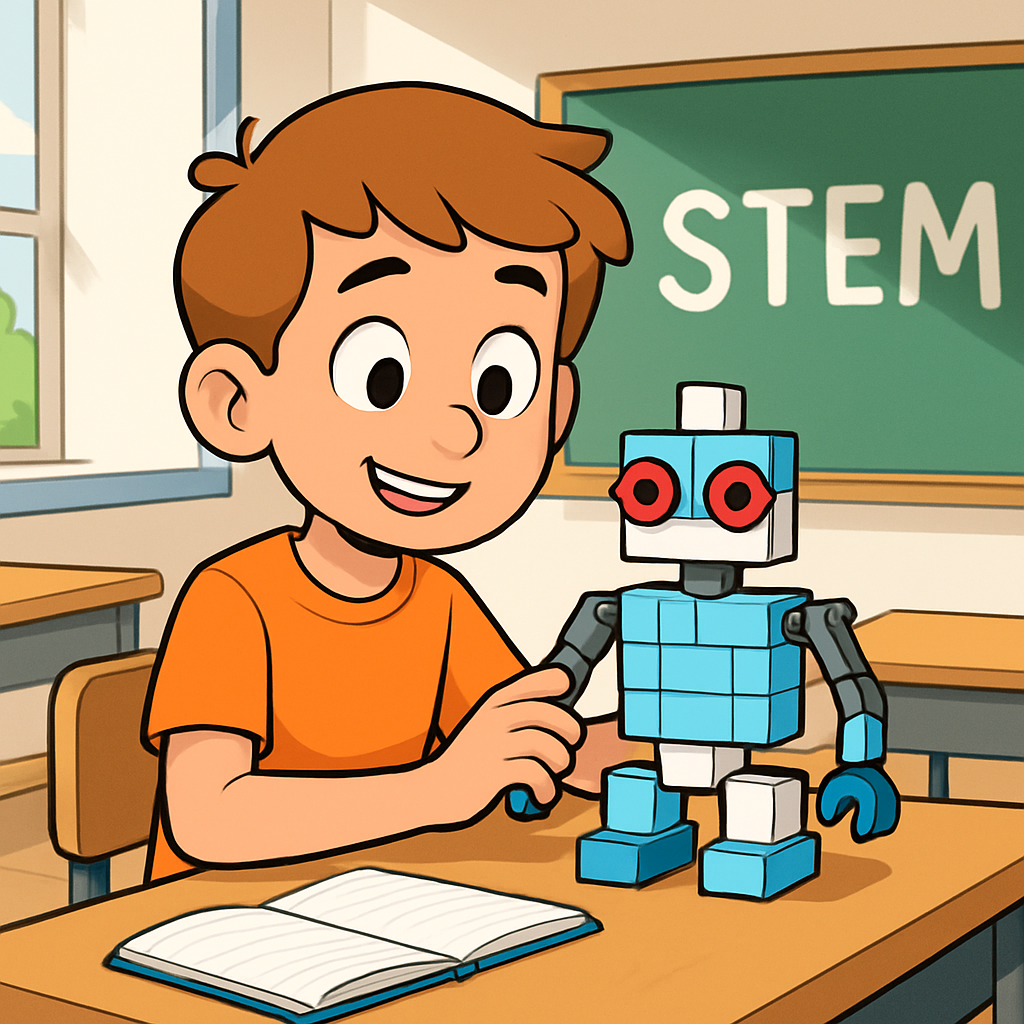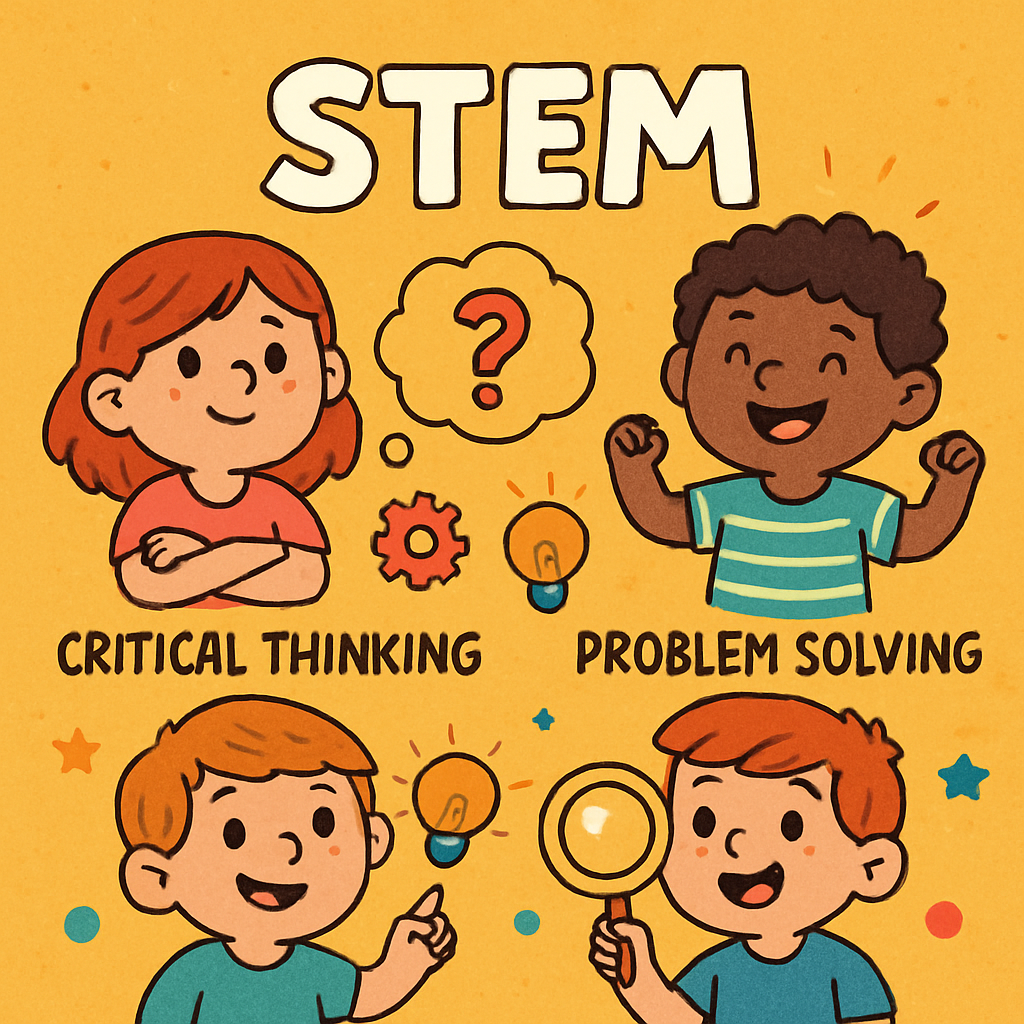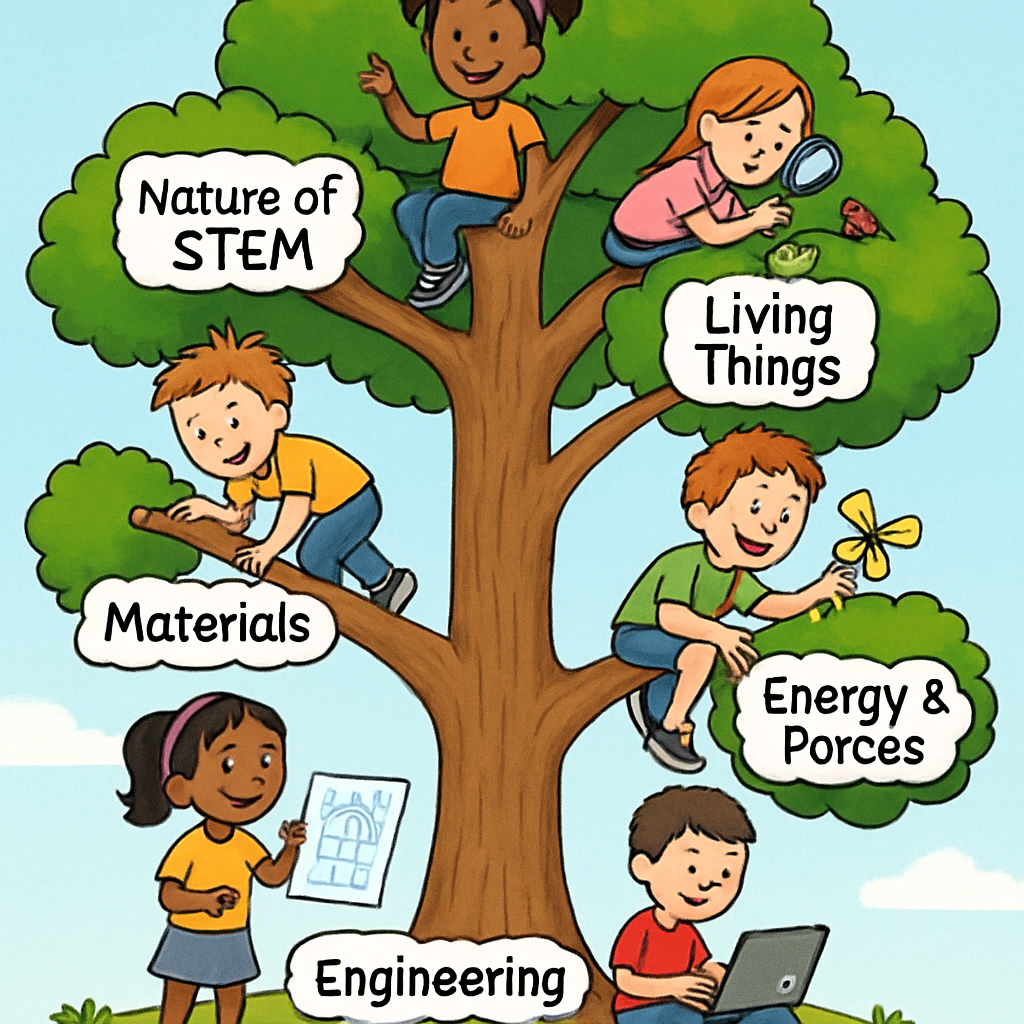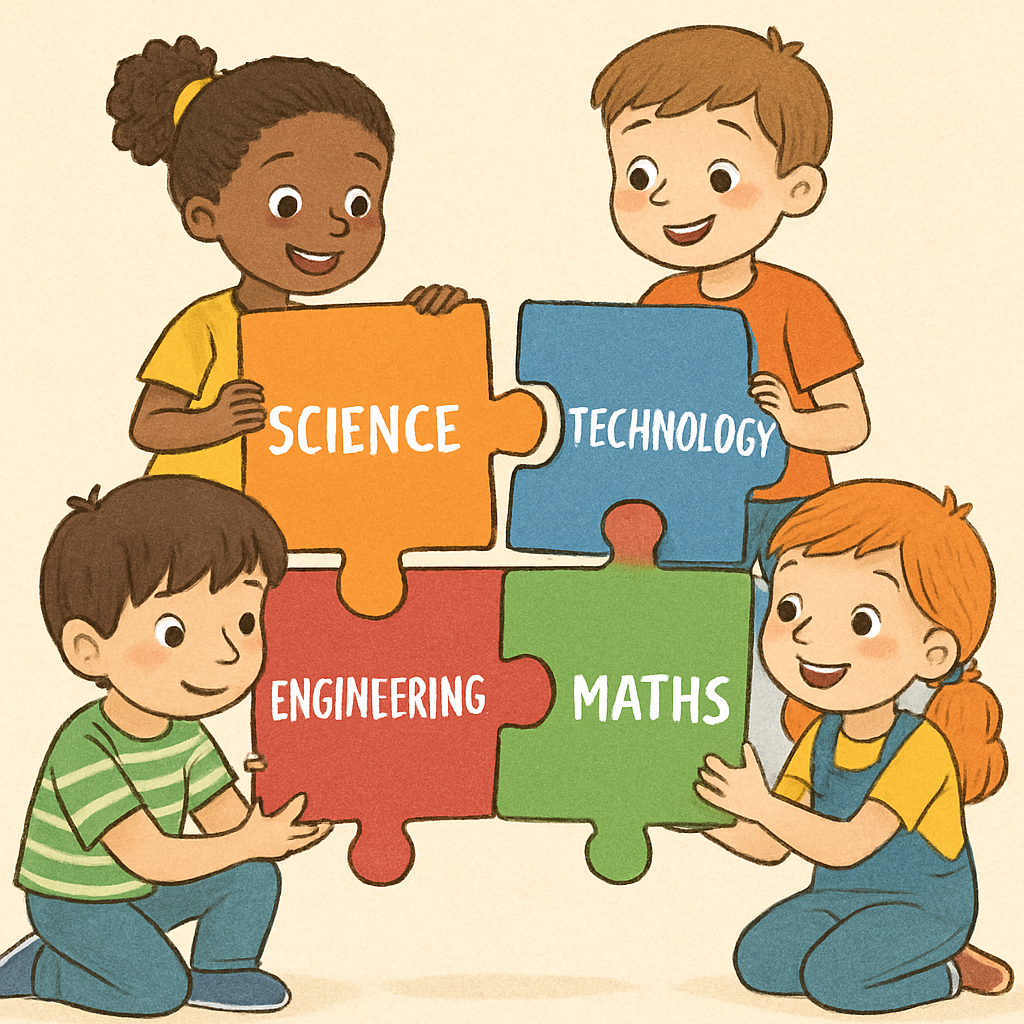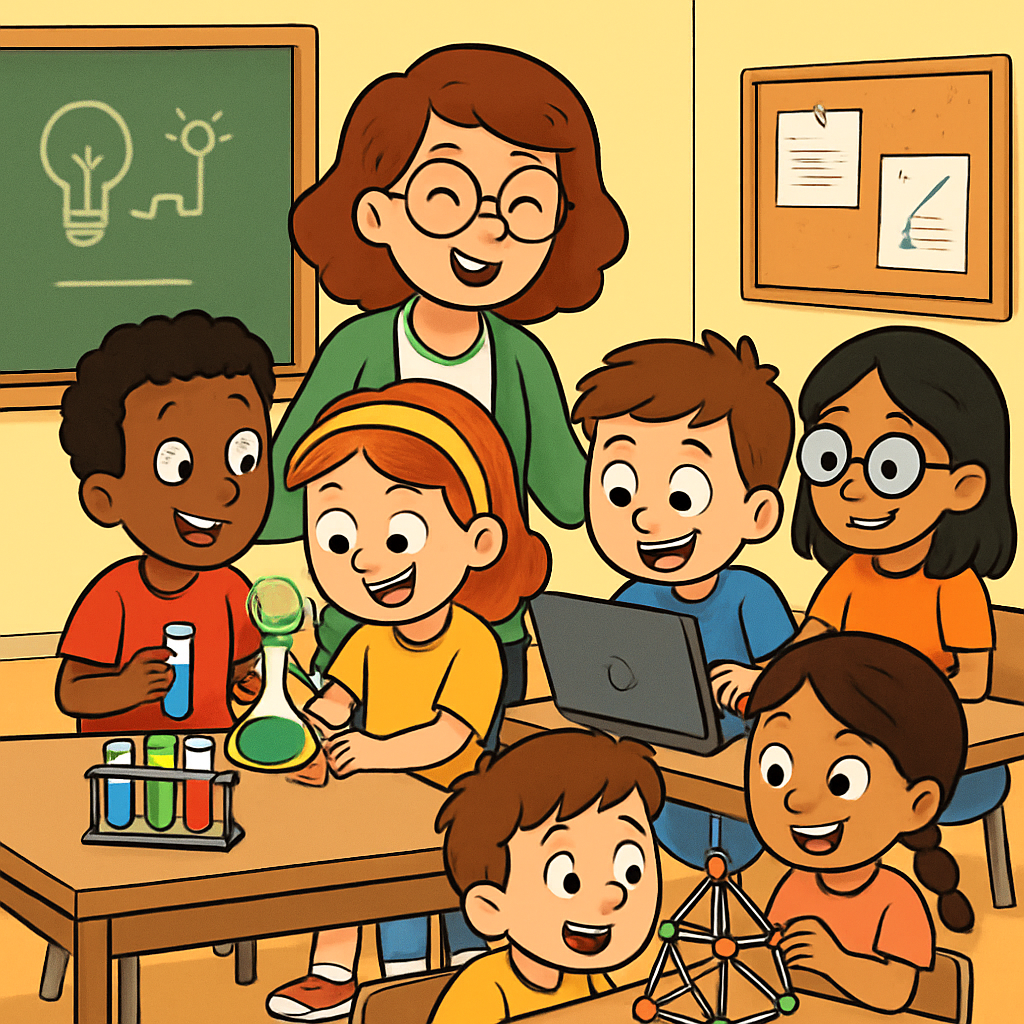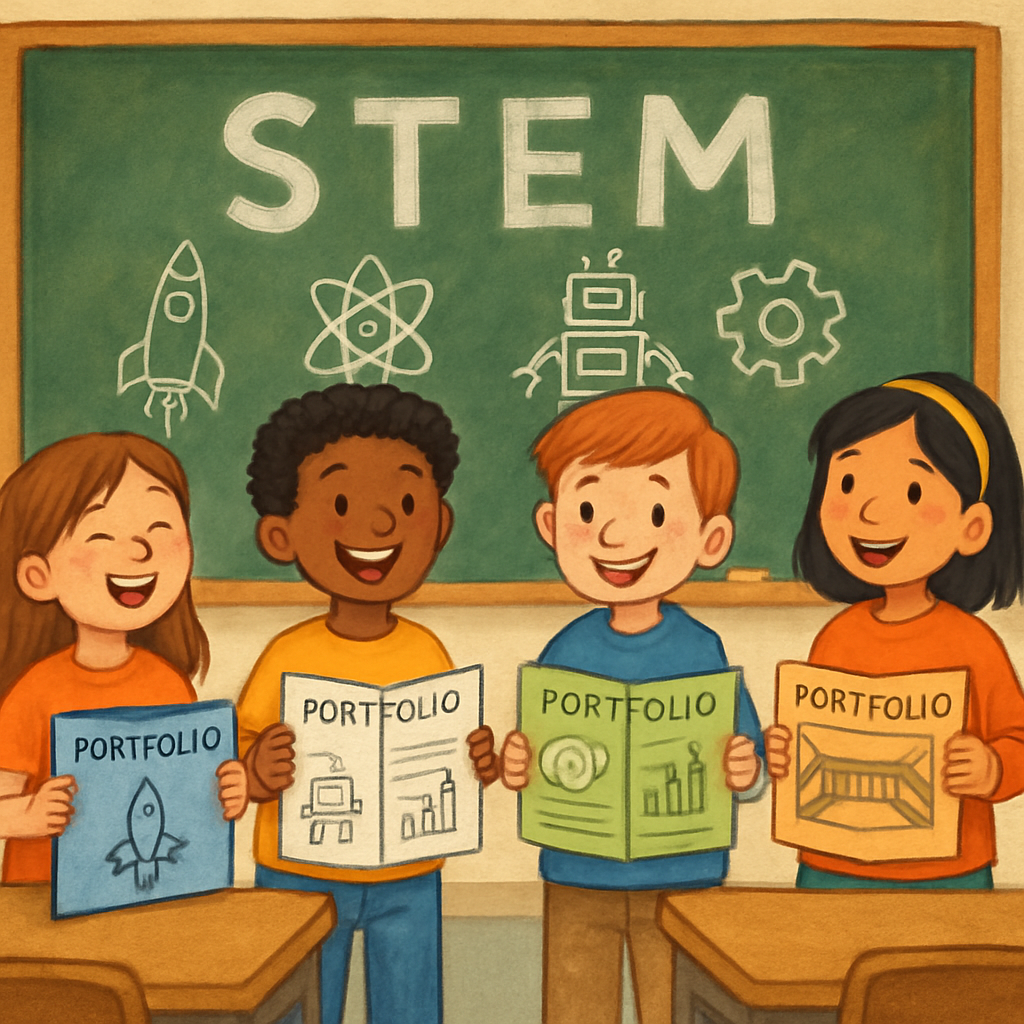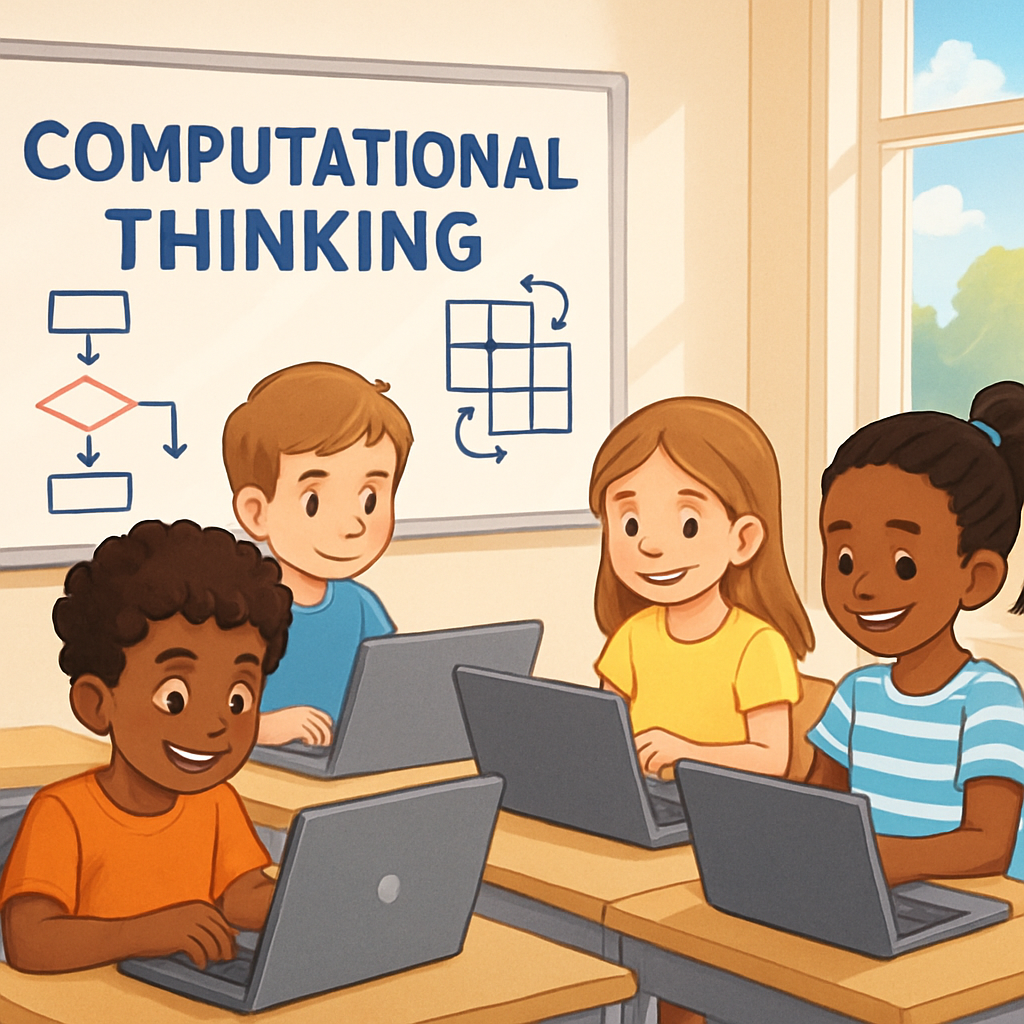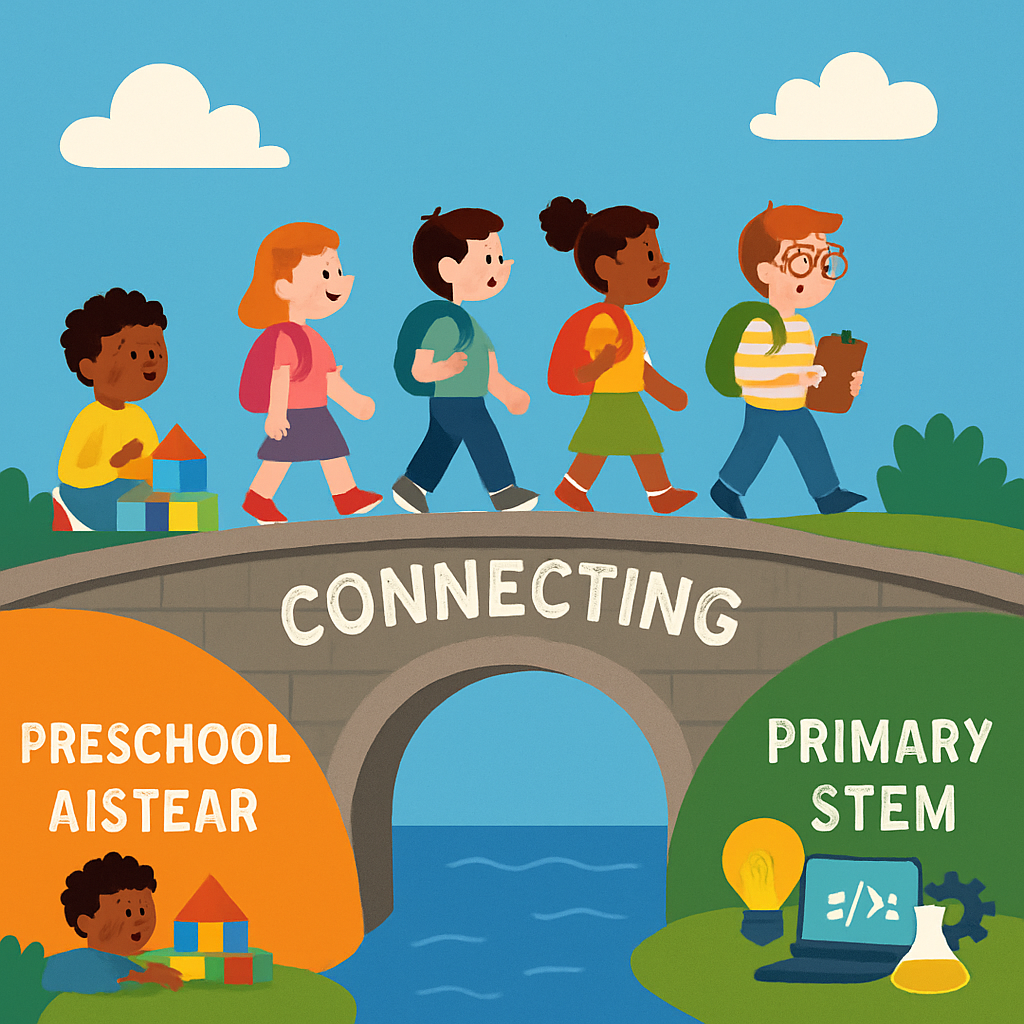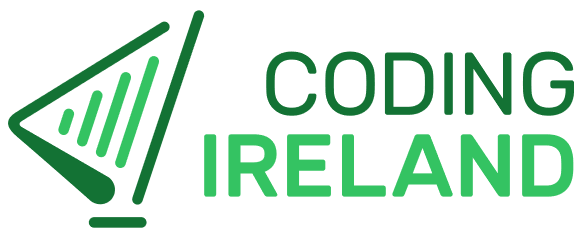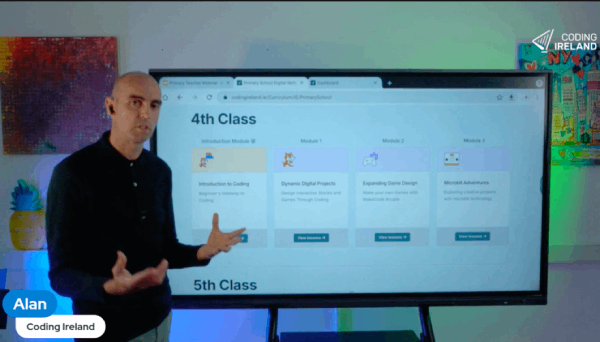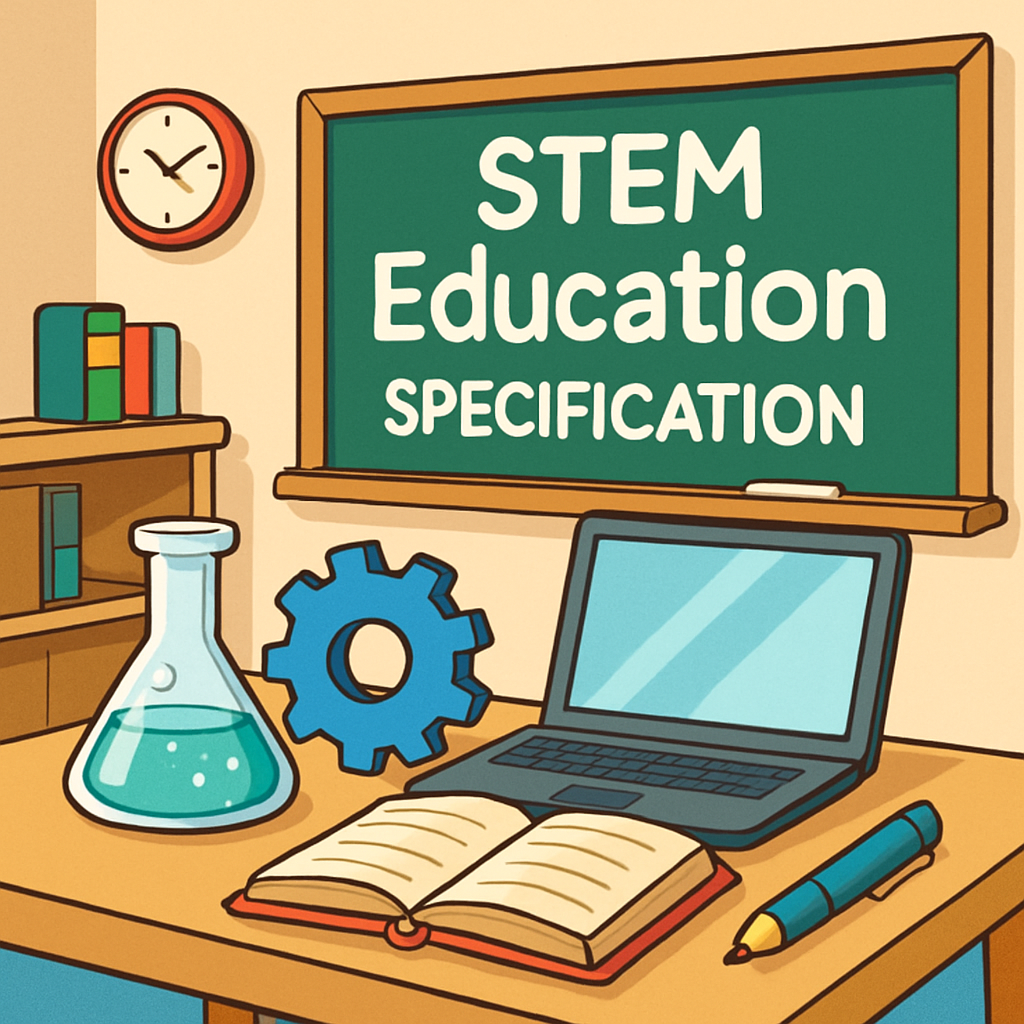 The NCCA's Science, Technology, Engineering and Mathematics (STEM) Education Specification represents a significant shift in how primary schools in Ireland approach STEM education.
The STEM curriculum replaces the current Science curriculum within SESE (now becoming Social and Environmental Education) and integrates with the Primary Mathematics Curriculum.
The NCCA's Science, Technology, Engineering and Mathematics (STEM) Education Specification represents a significant shift in how primary schools in Ireland approach STEM education.
The STEM curriculum replaces the current Science curriculum within SESE (now becoming Social and Environmental Education) and integrates with the Primary Mathematics Curriculum.
This curriculum modernises education by integrating Science, Technology, Engineering, and Mathematics while retaining core scientific foundations already familiar to teachers. Schools are encouraged to deliver flexible lessons in computational thinking, design thinking, problem-solving, and mathematical reasoning, aligning with global STEM education trends.
